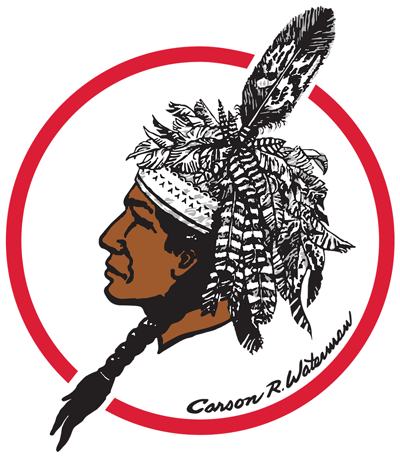Skip to content
Show submenu for Salamanca High School
Salamanca High School
Show submenu for Extra Curricular Activities
Extra Curricular Activities
Cindy Mohr Scholarship 5K Run
Show submenu for Commencement Ceremonies
Commencement Ceremonies
Show submenu for
